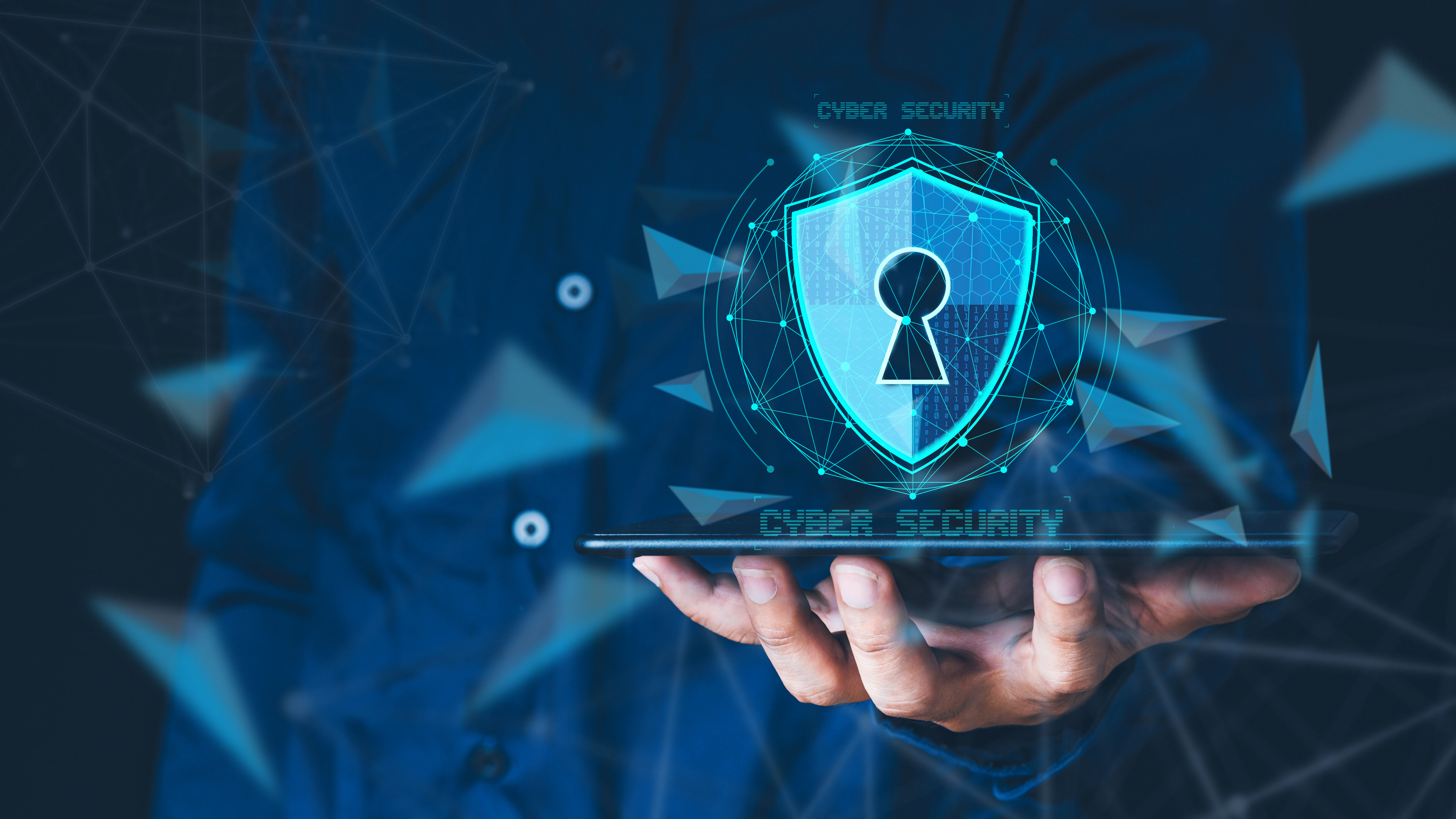Protecting the Cloud: Recommended Strategies for Cybersecurity in the Cloud
Protecting the Cloud: Recommended Strategies for Cybersecurity in the Cloud
Blog Article

Within the current digital landscape, companies and people alike are increasingly turning to cloud solutions for their data storage and application needs. Such a shift to the cloud presents remarkable opportunities for scalability, flexibility, and cost savings. However, it also introduces a host of cybersecurity challenges that cannot be ignored. As more sensitive information being stored in the cloud, the risk for cyber threats grows, making it imperative for organizations to implement effective cybersecurity measures.
Grasping the intricacies of cloud cybersecurity is vital for safeguarding important data. From protecting against unauthorized access to ensuring data integrity and compliance, there are numerous best practices that can help mitigate risks. By adopting proactive strategies and keeping informed about the latest threats, organizations can enhance their security posture and reap the benefits of cloud technology with increased confidence. This article will explore essential practices that can help secure cloud environments and guard against the ever-evolving landscape of cyber threats.
Cybersecurity Program
Understanding Virtual Threats
As businesses increasingly transition to cloud settings, understanding the hazards that come with this transition is essential for efficient security measures. Virtual computing introduces various vulnerabilities that differ from traditional systems. These can include data compromises, user account breaches, and vulnerable software interfaces. Recognizing these potential hazards is the initial action toward establishing robust security measures that safeguard sensitive data and ensure regulatory compliance.
One of the major dangers in the online environment is the chance of information leaks. Malicious actors often target cloud data repositories to gain access to sensitive information, such as identifiable information and proprietary information. These breaches can occur due to inadequate security settings, such as mismanaged access rights, which enable unauthorized users to exploit flaws and obtain sensitive data. The results can be significant, leading to economic harm, loss of credibility, and litigation for entities that fail to protect their data properly.
Another urgent concern is the risk of unauthorized account access, where hackers illegally access cloud services by stealing user information. This can take place through phishing attacks or taking advantage of weak passwords. Once an offender obtains entry, they can alter, remove, or steal data, leading to major operational disturbances. Companies must establish proactive measures, such as multi-factor authentication and ongoing monitoring, to enhance their security stance and lessen the chance of account takeover in online platforms.
Implementing Defense Measures
To improve cloud cybersecurity, organizations must implement a multi-layered security approach. This includes the combination of network firewalls, intrusion prevention systems, and encryption. Firewalls act as a filter between internal systems and public connections, filtering incoming and outgoing data based on predetermined security protocols. Intrusion detection systems observe for any unsanctioned entry attempts, ensuring immediate notifications and quick action to minimize potential threats. Data encryption safeguards confidential data both at storage and in motion, rendering it unavailable to illicit users.
Another vital component of safeguarding the cloud is the appropriate management of employee access. Implementing roles-based access management (RBAC) ensures that employees have the lowest level of permissions necessary to carry out their duties. This principle of minimal privilege reduces the risk of internal threats and curtails the potential damage from hacked accounts. Organizations should also implement strong password policies and activate multi-factor verification (MFA) to provide an extra layer of security for users navigating cloud resources.
Regular audits and reviews of cloud defense systems are crucial in identifying weaknesses and ensuring adherence with legal standards. Conducting security testing can help organizations uncover weaknesses in their measures before malicious actors do. Additionally, reviewing audit logs and observing user actions allows for the identification of unusual patterns or behavior, which can be reflective of security breaches. Constant improvement and adaptation of security strategies are necessary as cyber dangers develop rapidly.
Governance and Compliance and Oversight
In the current digital landscape, adherence to standards and governance are vital aspects of cloud cybersecurity. Organizations must follow various regulations and standards such as GDPR, HIPAA, and PCI DSS that dictate how sensitive data should be handled and protected. Compliance not only mitigates legal risks but also builds customer trust by demonstrating a commitment to data protection. Regular audits and assessments should be part of an organization's strategy to confirm adherence to these regulations.
Creating a governance framework is essential for managing cloud security effectively. This includes defining roles and responsibilities, implementing policies, and making sure that security measures align with business objectives. A solid governance framework promotes accountability and encourages a culture of cybersecurity awareness within the organization. It also supports in recognizing potential risks and vulnerabilities, enabling swift responses to security incidents.
Effective communication and training are crucial components of adherence and governance. Organizations should invest in educating employees about cybersecurity guidelines and the importance of adherence with relevant regulations. Regular training sessions and updates regarding new compliance requirements can empower staff to identify and respond to security threats. By cultivating a well-informed workforce, organizations can improve their overall cybersecurity posture and secure their cloud environments.
Report this page